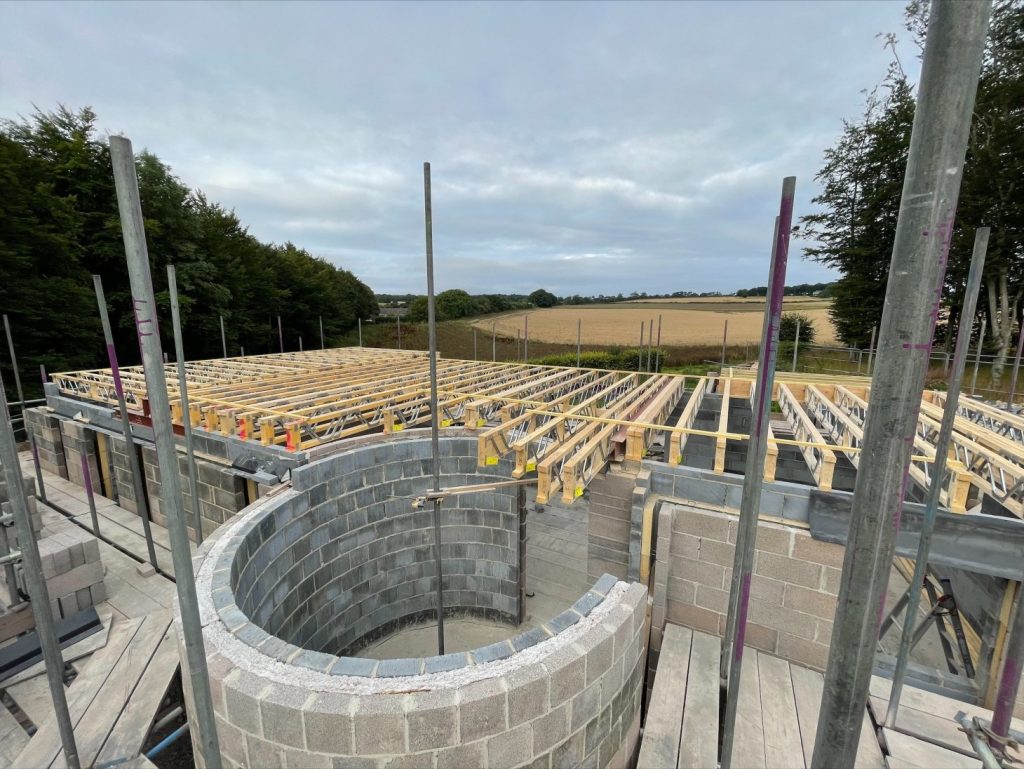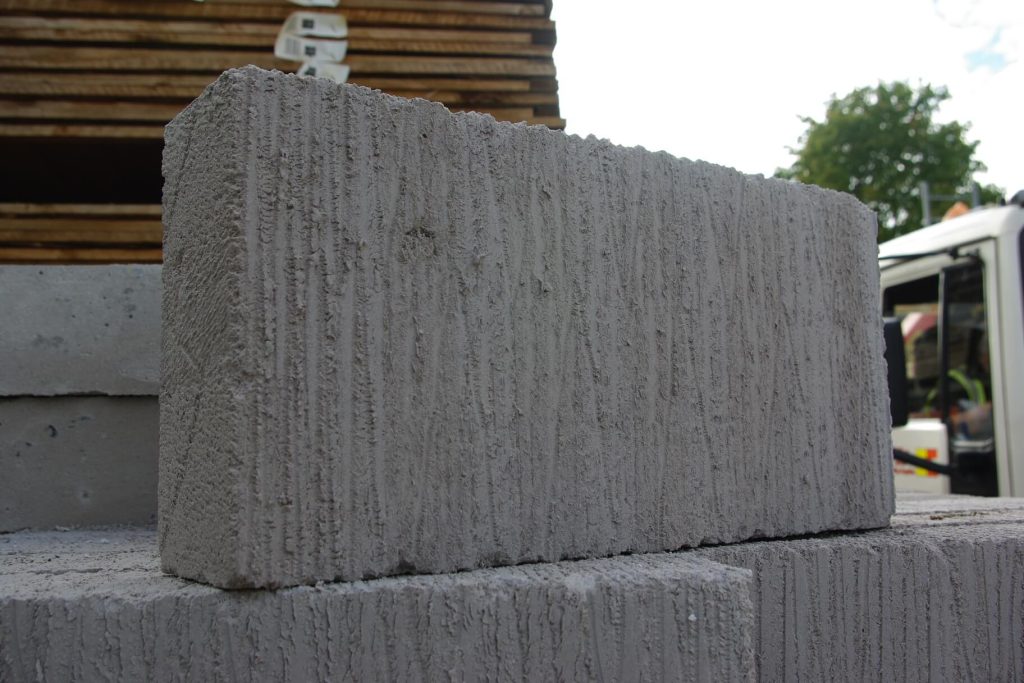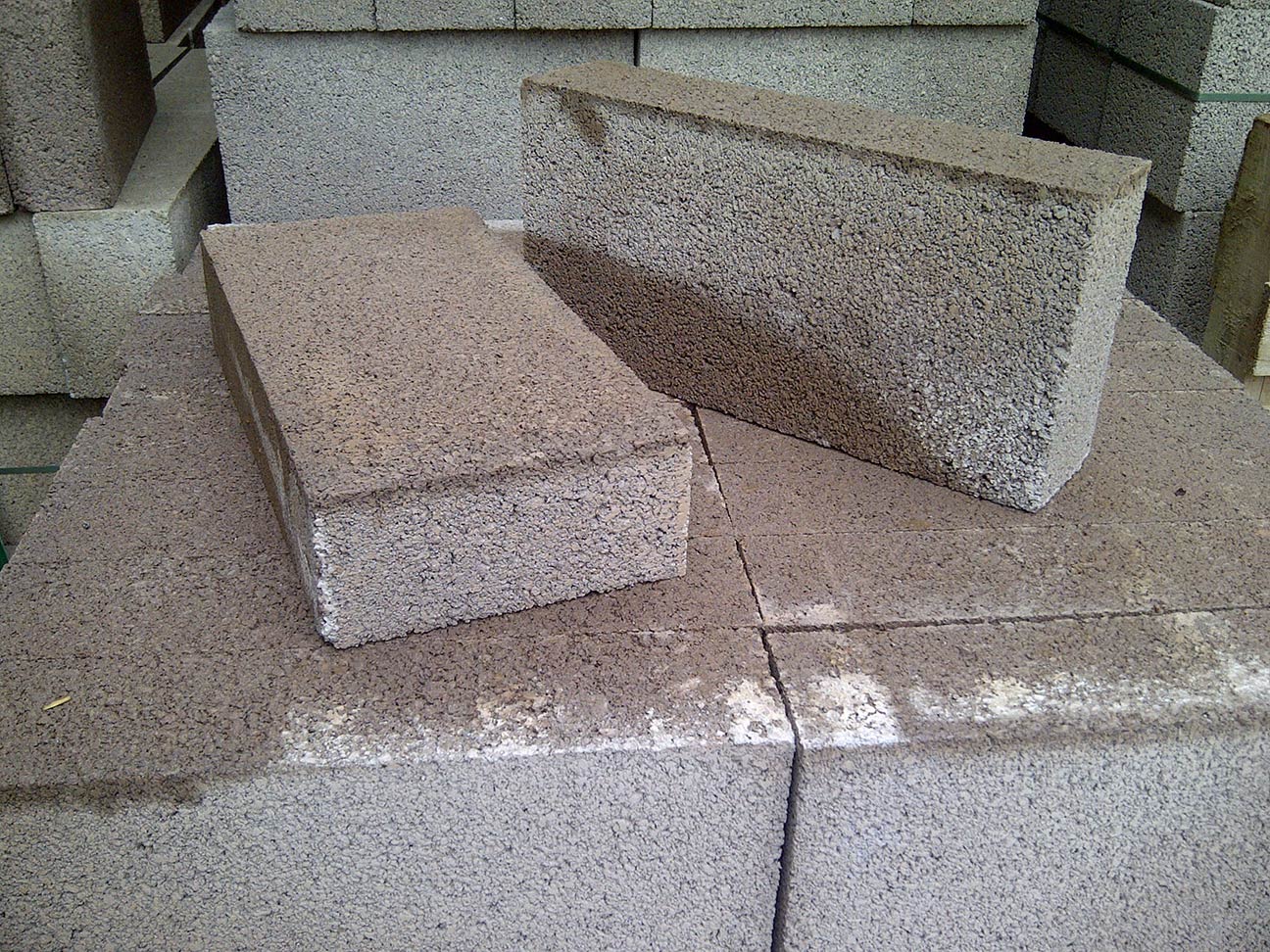In the realm of construction, the choice of building materials is pivotal in determining the structural integrity, durability, and sustainability of a project. Among the myriad of options available, two prominent contenders often considered for their versatility and performance are dense blocks and aircrete. Both materials possess distinct properties that cater to different construction needs, sparking a debate about which one stands as the superior choice.
This comprehensive comparison aims to delve into the characteristics, benefits, drawbacks, and applications of dense blocks and aircrete to aid in determining the ideal construction solution for various scenarios.
Dense Blocks

Dense blocks, often referred to as concrete blocks, are fabricated using a mixture of cement, aggregates (such as sand or gravel), and water. The ratio and type of aggregates used significantly influence the density, strength, and overall performance of the blocks.
These blocks are produced in various sizes and densities to accommodate diverse structural requirements in construction projects.
Properties of Dense Blocks
Strength and Durability
Dense blocks are revered for their robustness and durability. Their solid composition enables them to endure substantial loads and withstand adverse weather conditions. The compressive strength of these blocks varies based on the mixture and curing process during production.
Generally, they are capable of providing excellent structural stability to buildings, especially in load-bearing walls and foundational elements.
Thermal Mass
One of the notable advantages of dense blocks is their exceptional thermal mass properties. Their high density allows them to absorb, store, and release heat gradually, contributing to the regulation of temperature fluctuations within a structure.
This property enhances energy efficiency by reducing the need for additional heating or cooling, leading to potential cost savings in the long run.
Sound Insulation
Dense blocks offer superior sound insulation characteristics. The solid nature of these blocks helps in dampening sound transmission, reducing external noise penetration into buildings.
This feature enhances acoustic comfort within indoor spaces, making them suitable for applications where noise reduction is essential, such as residential areas near busy roads or industrial zones.
Fire Resistance
Dense blocks exhibit high fire resistance due to their composition. The materials used in their production, especially cement, provide inherent fireproof qualities, offering added safety and protection in the event of a fire outbreak. This feature is crucial in enhancing the overall fire safety standards of buildings.
Limitations of Dense Blocks
Weight and Installation
One of the primary drawbacks of dense blocks is their weight. Their solid and dense structure makes them heavy, requiring significant effort and labor for handling, transportation, and installation.
Construction projects using dense blocks might incur higher labor costs and longer installation times compared to lighter materials.
Embodied Energy
The production process of dense blocks, involving the use of cement, contributes to a higher embodied energy footprint. Cement production is energy-intensive and releases carbon dioxide during manufacturing, leading to a higher environmental impact compared to some alternative building materials.
Aircrete
Aircrete, also known as cellular or foam concrete, is a lightweight building material produced by introducing a foaming agent into a cementitious slurry. This process creates a matrix filled with numerous tiny air bubbles, resulting in a cellular structure that distinguishes aircrete from traditional dense concrete materials.
Properties of Aircrete
Lightweight Nature
Aircrete’s primary distinguishing feature is its lightweight composition. The incorporation of air bubbles within the material significantly reduces its density compared to traditional concrete.
This characteristic facilitates easy handling, transportation, and installation, thereby reducing labor requirements and construction costs.
Insulation Properties
Aircrete offers commendable insulation capabilities due to its cellular structure. The trapped air within the material acts as an insulating barrier, helping maintain consistent temperatures within buildings.
This property aids in reducing the need for excessive heating or cooling, contributing to energy efficiency and potential cost savings in terms of utility bills.
Versatility
Aircrete blocks are known for their versatility in construction. They can be easily customized and adapted to meet specific design requirements. These blocks are moldable and can be shaped or cut to precise dimensions, allowing for intricate detailing and accommodating various architectural and structural needs.
Environmental Benefits
Aircrete generally boasts a lower carbon footprint compared to traditional dense blocks. The reduced material usage and lower energy consumption during the production process contribute to its environmental sustainability. Additionally, its lightweight nature reduces transportation-related emissions.
Limitations of Aircrete
Load-bearing Capacity
Despite its numerous advantages, aircrete might have limitations in bearing heavy loads compared to dense blocks. The cellular structure, while providing excellent insulation, may not be as robust in supporting significant structural loads. This limitation may restrict its usage in certain load-bearing applications.
Specialized Installation
Proper installation of aircrete blocks may require specialized expertise due to their unique properties and characteristics. Ensuring correct handling, mixing of materials, and precise installation to maintain structural integrity and insulation effectiveness might necessitate trained professionals or specialized construction techniques.
How Can You Choose the Ideal Solution?

Selecting between dense blocks and aircrete as the ideal construction solution necessitates a comprehensive assessment of project-specific requirements, environmental impact, cost-efficiency, and regulatory compliance.
Project Requirements
If the project demands high load-bearing capacities, dense blocks might be more suitable due to their robustness and ability to withstand heavy loads. For structures like foundations, columns, or load-bearing walls, dense blocks provide a solid, durable option.
For projects where insulation is a priority, especially in climates requiring temperature regulation, aircrete’s superior insulation properties may be advantageous. It helps maintain consistent temperatures within buildings, potentially reducing heating and cooling costs.
Depending on the architectural design and specific structural requirements, the flexibility and moldability of aircrete may offer advantages over dense blocks. Aircrete’s adaptability allows for customization to suit various design intricacies.
Environmental Impact
Assessing the environmental impact involves evaluating the energy consumed and greenhouse gas emissions produced throughout the lifecycle of both materials. Dense blocks, with their higher cement content, generally have a larger carbon footprint compared to aircrete. Aircrete’s lighter composition and reduced material usage contribute to its lower environmental impact.
Consider long-term sustainability goals and how each material aligns with them. Opting for materials with lower embodied energy and reduced environmental impact could contribute positively to sustainability targets.
Cost and Efficiency
Analyze the overall cost implications, including material costs, transportation expenses, labor charges, and installation efficiency. While aircrete might have lower material costs due to reduced density, dense blocks might be more cost-effective in terms of structural strength and durability.
Assess the labor requirements and installation time for each material. Dense blocks, despite being heavier, might have straightforward installation processes, whereas aircrete may need specialized expertise or specific handling techniques, potentially affecting labor costs and timelines.
Regulatory Compliance
Ensure compliance with local building codes and regulations regarding material usage, structural requirements, and safety standards. Local regulations might have specifications concerning load-bearing capabilities, fire safety, or insulation standards that influence the choice between dense blocks and aircrete for construction.
Conclusion
Both dense blocks and aircrete offer unique advantages and exhibit distinct properties that cater to different construction scenarios. While dense blocks provide strength and durability, aircrete excels in its lightweight nature and insulation properties. Choosing between these materials necessitates a thorough evaluation of project requirements, environmental considerations, cost-efficiency, and compliance with building standards.
Ultimately, the ideal construction solution emerges from a careful balance between these factors, ensuring the creation of enduring, efficient, and sustainable structures.











